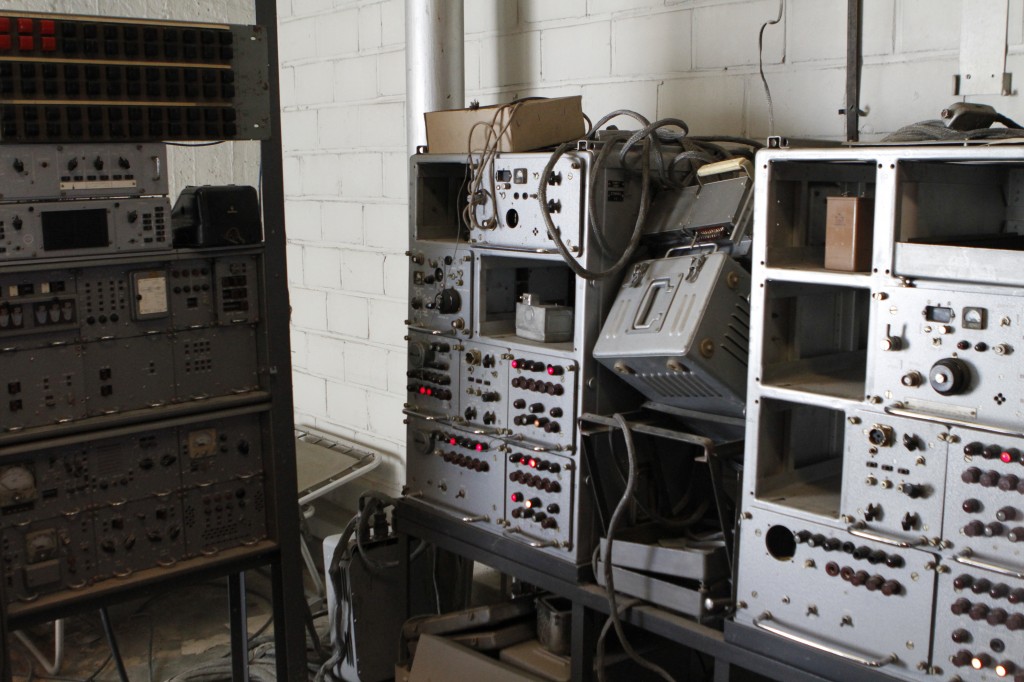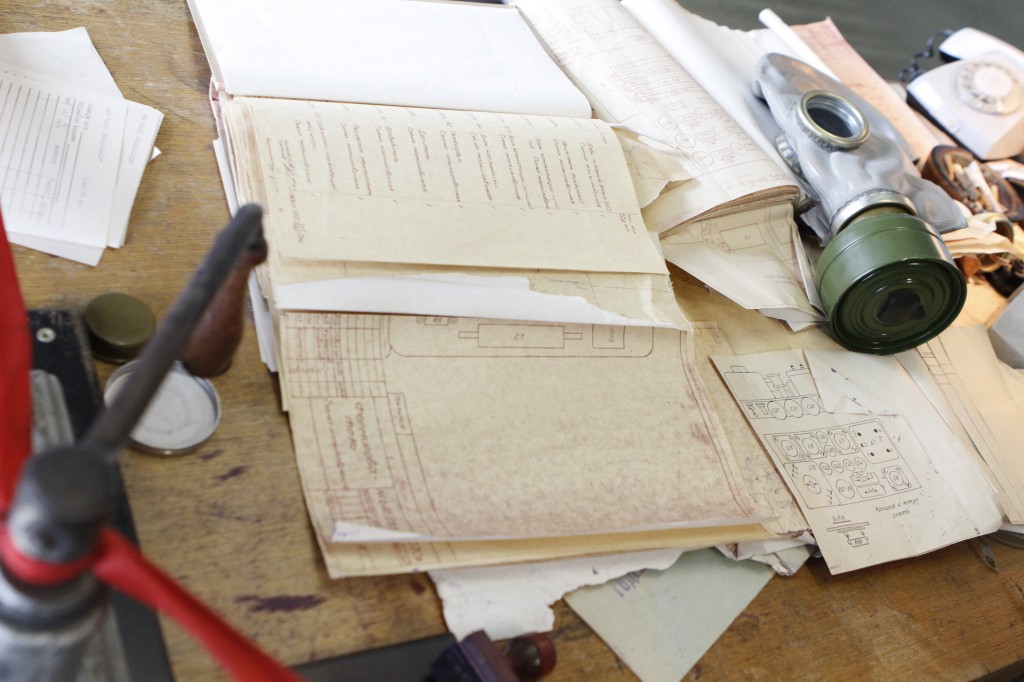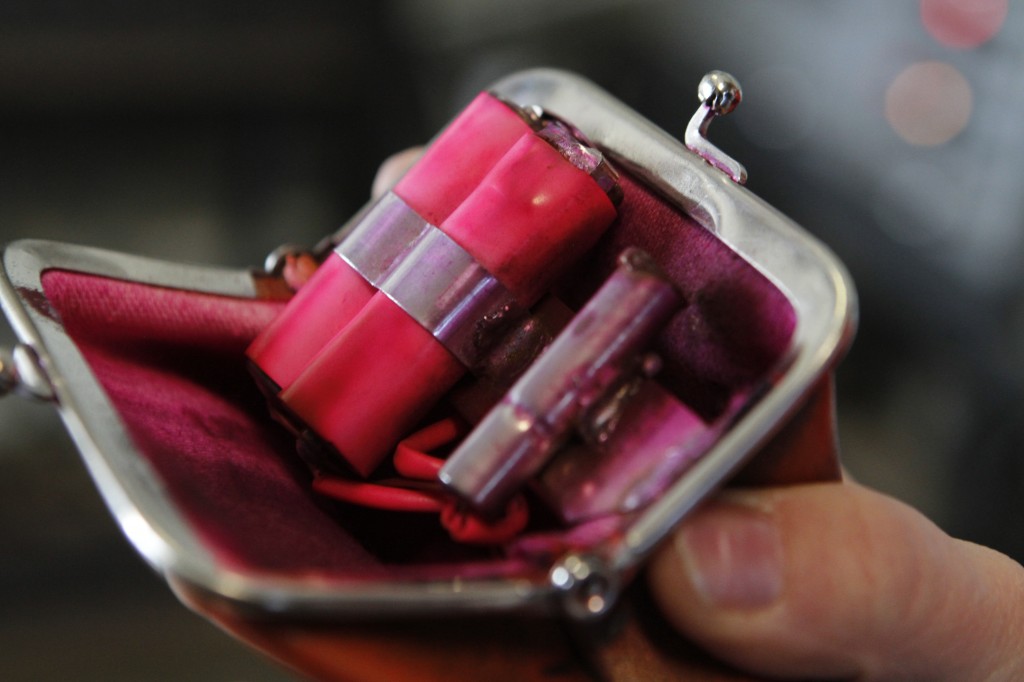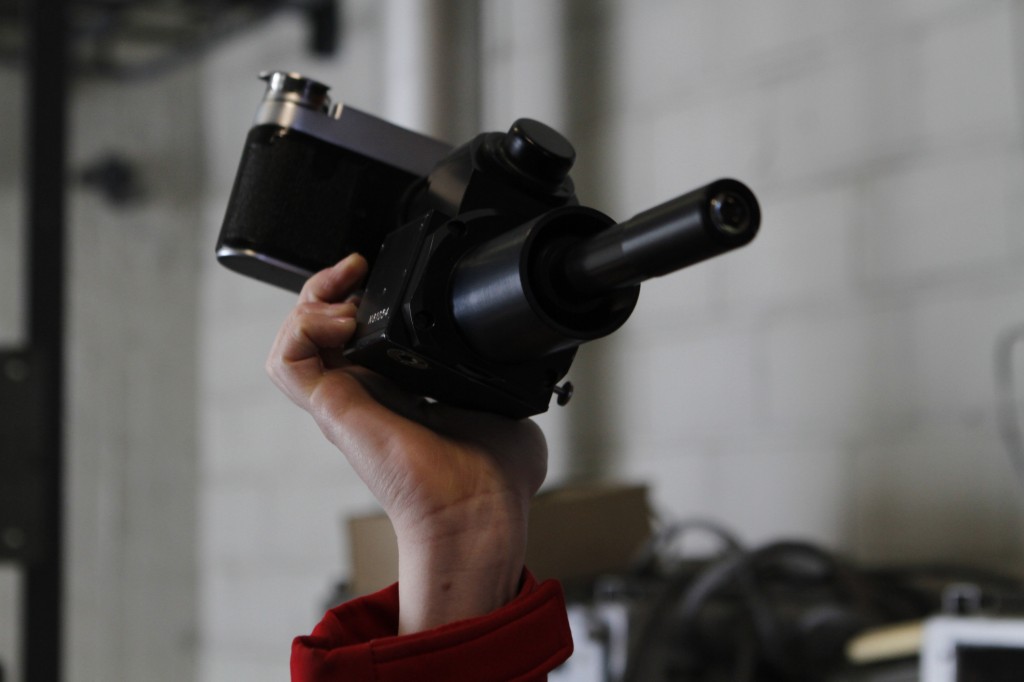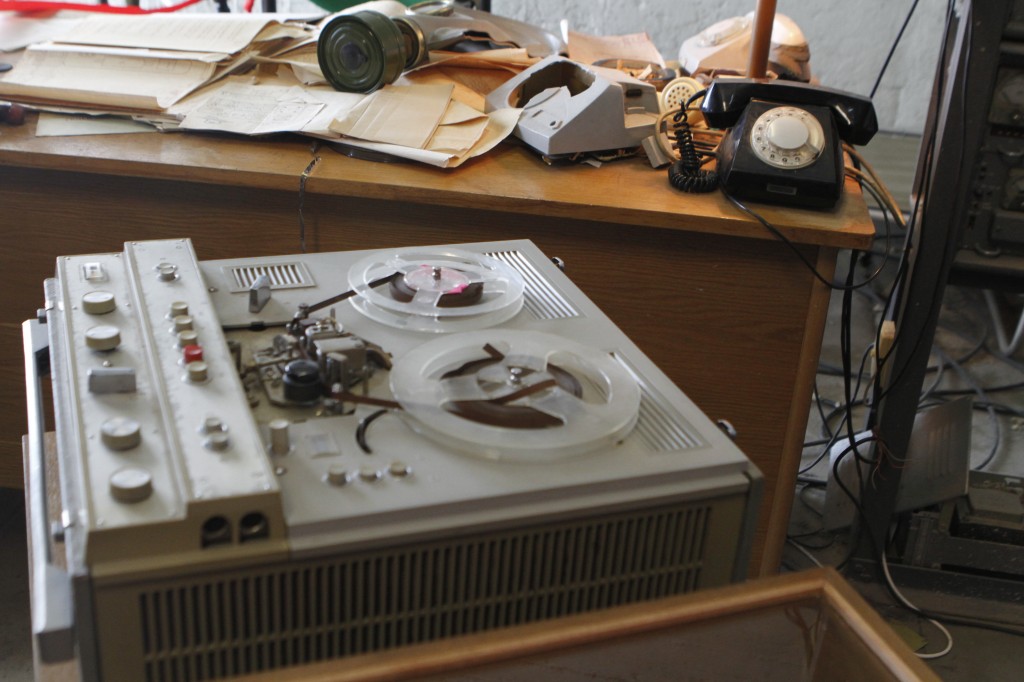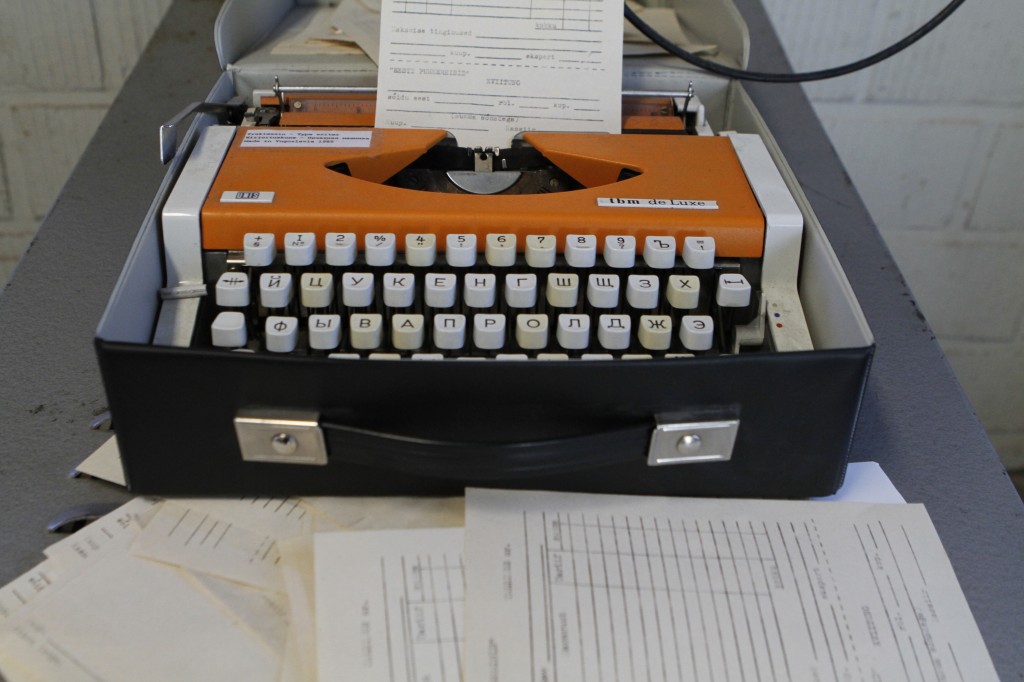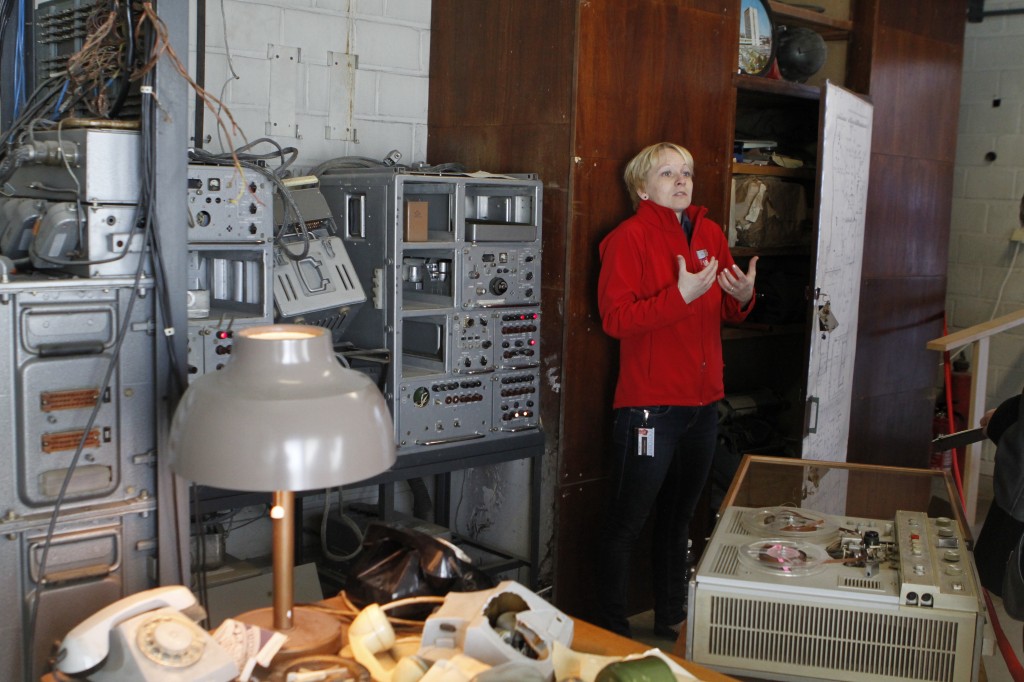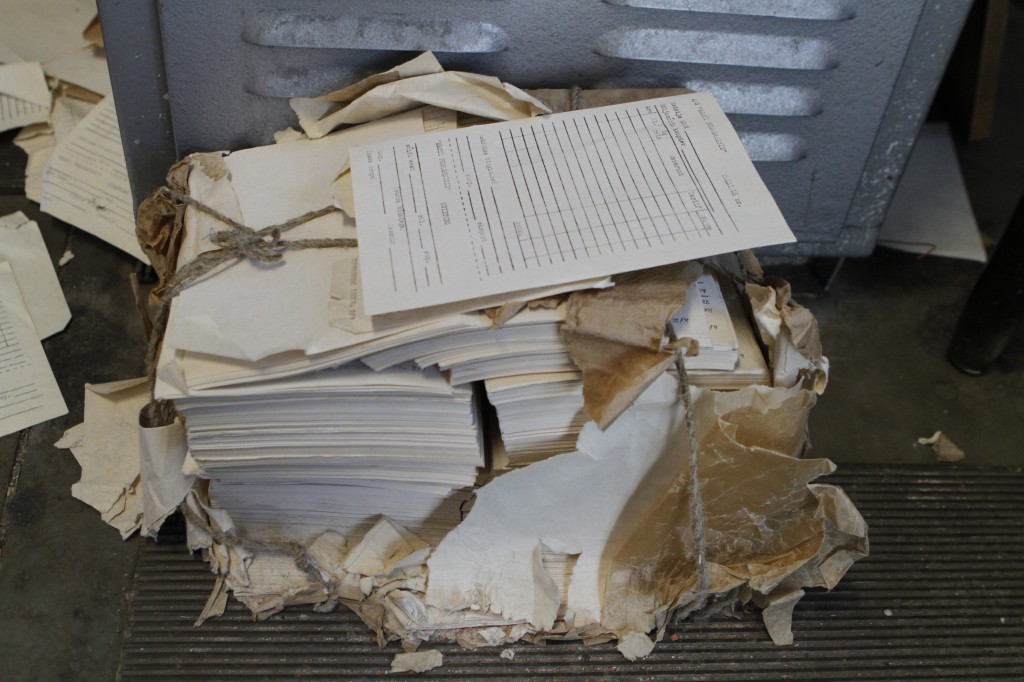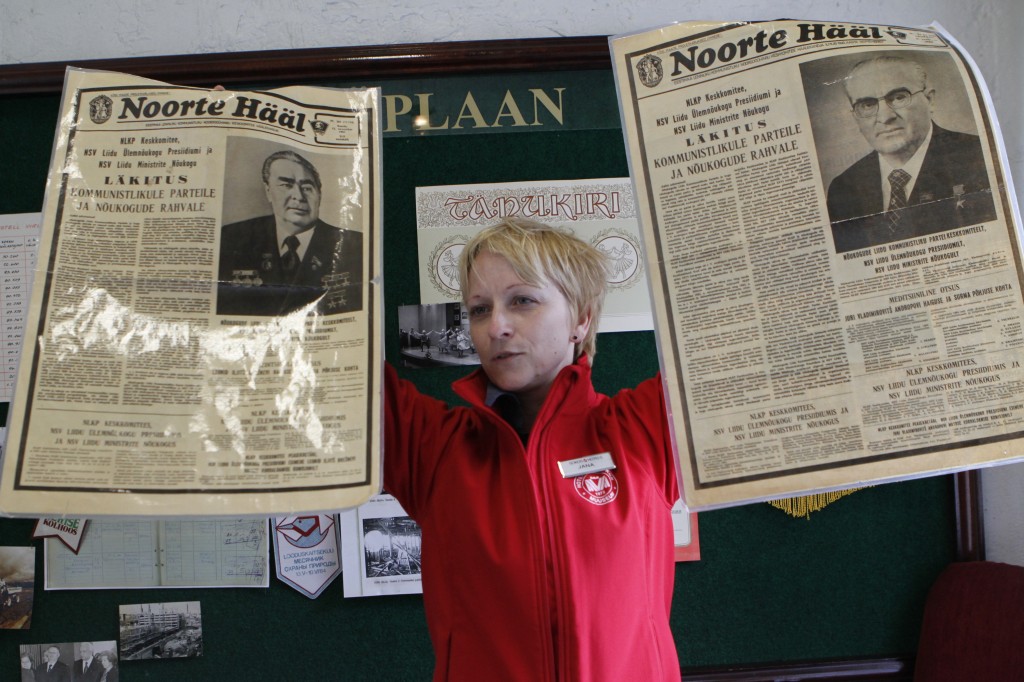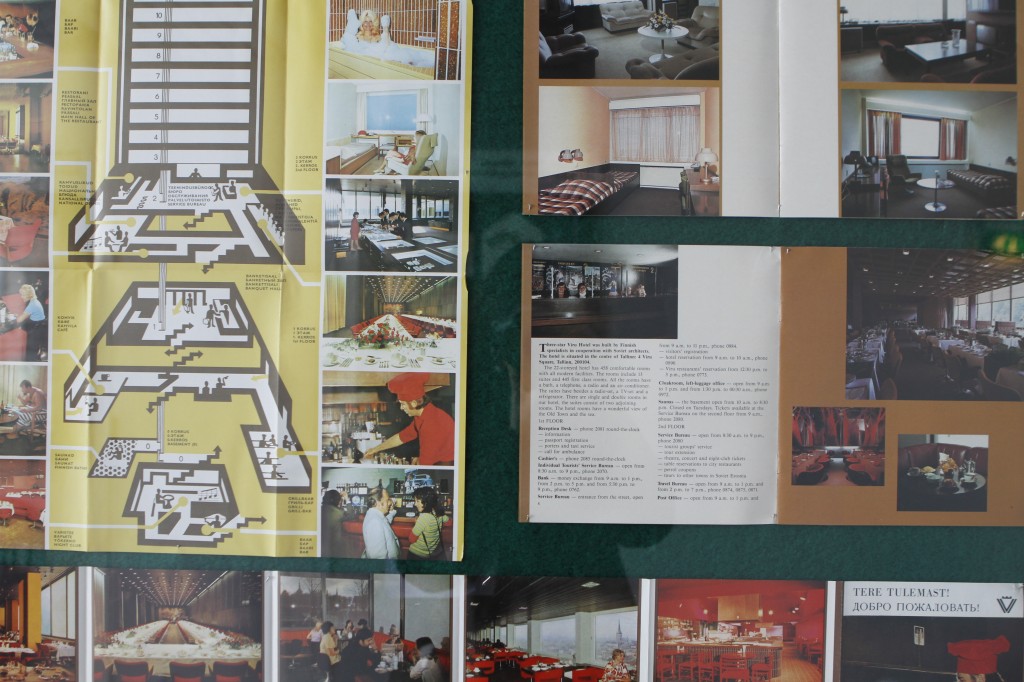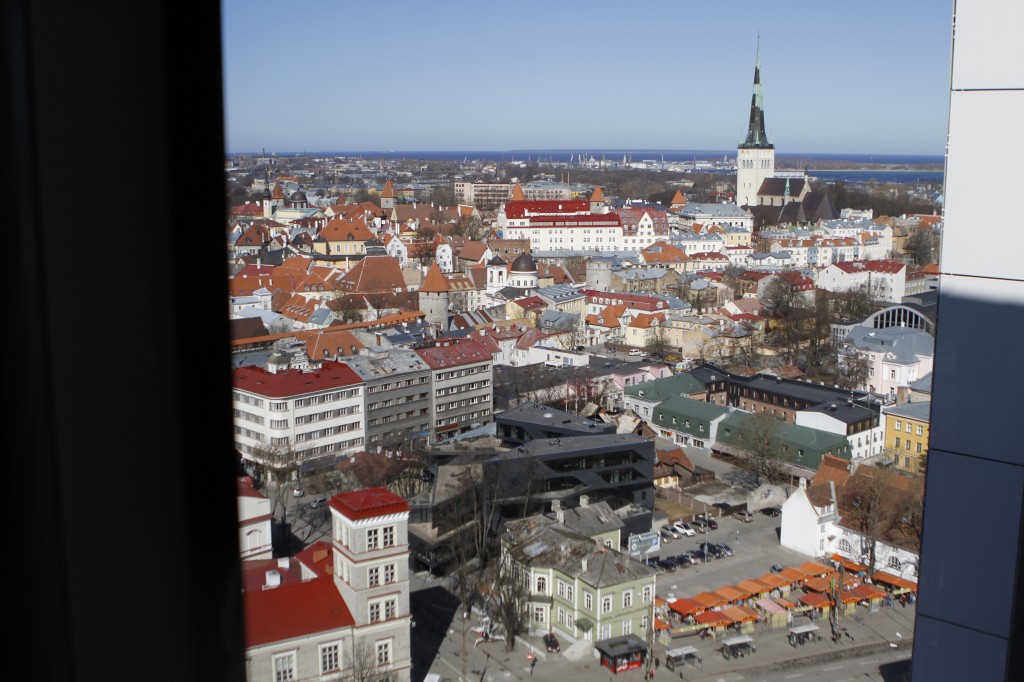When I went to the Soviet Union as a student in the mid-1980s, we were told that our hotel rooms were likely bugged and not to go down any dark or lit alleys for that matter, with a local. It was the time of a thriving black market, and yanks who weren’t spies tended to engage in the playful exchange of coca cola, stockings, jeans and books. The now Estonia, was once part of that Soviet empire and at that time, Tallinn had housed one of the KGB Hotels, known as such because of the spying methods used on foreign tourists at the time.
That KGB Hotel is Tallinn’s Hotel Viru, a Sokos Hotel, which was built in 1972, just less than 20 years of the Soviet period the world was left to endure. The hotel is is not just a story about the relations between a hotel and the KGB. Today, the hotel has extended itself into a museum as well, which represents a collection of the stories of two worlds. In one of them, mostly existing on paper, happy Soviet people enjoyed a life of plenty and friendship, led by a single wise political party. There were no accidents or catastrophes; there wasn’t even sex. The other world – the real one – held a much more complicated and diverse nature where people’s rooms were bugged.
Building Hotel Viru was initiated by the Soviet tourism ‘strategists’ who wanted the Communist superpower to have its own share of the millions circulating in the universal tourism business. Intourist was the state agency that oversaw the activities related to receiving foreign tourists and the hotel “agency” where we stayed in Moscow and Leningrad way back when. The towels were the same in every hotel, the rooms bare and stark, with off white and gray walls and no paintings.
While you can stay at Viru, which touts 516 modernized, renovated rooms, many go there to take a tour of the museum itself. At the time that the KGB ran the hotel, it was considered one of the most prestigious hotels in the area. In 1965, they had but a few hundred tourists passing through Tallinn, but it quickly grew to 15,0000, so they built more rooms.
Remember at this time, locals were told that westerners were dangerous and the propaganda was exaggerated from there. Prestigious as the hotel was, it was considered an honor to work at the hotel during Soviet times, since the hotel provided access to powerful people and with powerful people, often came powerful favors. In those days, you needed permission fro the government to buy an apartment or a car. It was more important to have 100 friends than 100 rubles. While people weren’t paid very much, no one was without work. To give you an idea of the extent at which this was carried out, there were 1,080 employees for a maximum number of 829 clients, whereas today, the hotel only employees 200 people. Viru in its heyday had 1.3 workers per client.
A job could have been as mundane as sitting at the end of a hallway, reporting every move that a tourist made, when they entered their hotel room, how long they stayed there before the left and so on. One story was told that a man was brought in to be trained for a week in 1989 on how to use a fax machine. Another story was of seven people whose only job was to figure out how many grams were on a plate; a key reason was to ensure no one was stealing and of course in alignment with communist principles, that everyone had a job.
While tourists were deemed ill-willed, they did offer some value in the form of products that were brought over Soviet borders, such as stockings and gum. Gum was such a rarity that children used to stick it on their bedside table and continue chewing it the next day. That said, you weren’t allowed to talk to tourists or westerners….except to answer basic questions.
Those who participated in the black market, did so in remote parts of the city outdoors, not within the confines of a restaurant or the Viru Hotel where not just rooms were bugged, but hallways as well. Ears were always listening. Of the 464 rooms, 60 had microphones, all reserved for “suspicious” people who passed through Tallinn at the time. These would include politicians, diplomats, journalists and some tourists of questionable background.
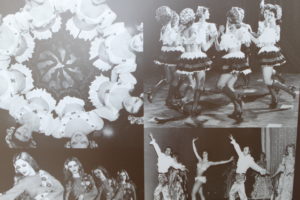
Access to western products wasn’t the only value you could get from working at Viru during Soviet times. Every night of the week except for Monday, the hotel held variety shows with scantily clad women who wore little else but colorful feathers. Opera singers, ballet dancers and artistic directors performed here, many of whom had performed in Berlin variety shows before the war. (see photo on right)
We were escorted to the only untouched room from Soviet times, one used as a radio communications base.
They used this room to spy on foreigners staying at the hotel, sharing conversations tourists had with an embassy office in Helsinki. From 1975 to 1991, every person in the Soviet Union had a gas mask. In a historical relic shop in Tallinn later that same week, I talked to an academic man in his late forties whose job in the eighties was to train people how to use the masks should the need arise.
The so called communications radio room has a sign on its door that reads “Zdes’ Nichevo Nyet” (There Is Nothing Here), which was congruent with KGB’s mantra after mantra – there’s nothing in this hotel but rooms for electronics. Mostly still in its original place, loads of Soviet memorabilia lay scattered on an old desk (above), including 1960-something security equipment, cameras, a bright yellow Cyrillic typewriter, paper-embossing stamps, and lightbulbs.
There are complaint books in the upstairs KGB room as well as identical death notices for both Brezhnev and Andropov. This room, which is the tallest room in the hotel houses the famous red Soviet phone as well as numerous newspaper articles of leaders at the time.
Because of its corner location, you can get a stunning view of historical Tallinn below, which shows just how narrow the city is from above.
The KGB left in 1991 shortly before Estonia independence the same year. Jana, our tour guide was nine years old at the time of independence and she recalls the long lines her family waited in for food. I too remember the long lines behind Eastern borders: Romania, Hungary, Poland and Russia herself. It was a bland time, a time of suffering for so many Estonians and to think that Jana who is only 31, can remember a time when her country wasn’t her own, when her parents were struggling to make end’s meat, and her grandparents had never known a time when they didn’t have to ask for permission to carry out day-to-day activities in their lives. A different world. A different time.
Sunnier times reign in today’s Tallinn, where Viru offers comforts and modern facilities and one can talk on their cell phone without being overheard and recorded, a conversation that could end up in some Soviet embassy or the KGB themselves. Alas, thank god for the miracles that came after independence and the positive changes which have resulted since that magical day in 1991 when Estonians finally became free.

Renee Blodgett is the founder of We Blog the World. The site combines the magic of an online culture and travel magazine with a global blog network and has contributors from every continent in the world. Having lived in 10 countries and explored nearly 80, she is an avid traveler, and a lover, observer and participant in cultural diversity.
She is also the CEO and founder of Magic Sauce Media, a new media services consultancy focused on viral marketing, social media, branding, events and PR. For over 20 years, she has helped companies from 12 countries get traction in the market. Known for her global and organic approach to product and corporate launches, Renee practices what she pitches and as an active user of social media, she helps clients navigate digital waters from around the world. Renee has been blogging for over 16 years and regularly writes on her personal blog Down the Avenue, Huffington Post, BlogHer, We Blog the World and other sites. She was ranked #12 Social Media Influencer by Forbes Magazine and is listed as a new media influencer and game changer on various sites and books on the new media revolution. In 2013, she was listed as the 6th most influential woman in social media by Forbes Magazine on a Top 20 List.
Her passion for art, storytelling and photography led to the launch of Magic Sauce Photography, which is a visual extension of her writing, the result of which has led to producing six photo books: Galapagos Islands, London, South Africa, Rome, Urbanization and Ecuador.
Renee is also the co-founder of Traveling Geeks, an initiative that brings entrepreneurs, thought leaders, bloggers, creators, curators and influencers to other countries to share and learn from peers, governments, corporations, and the general public in order to educate, share, evaluate, and promote innovative technologies.


